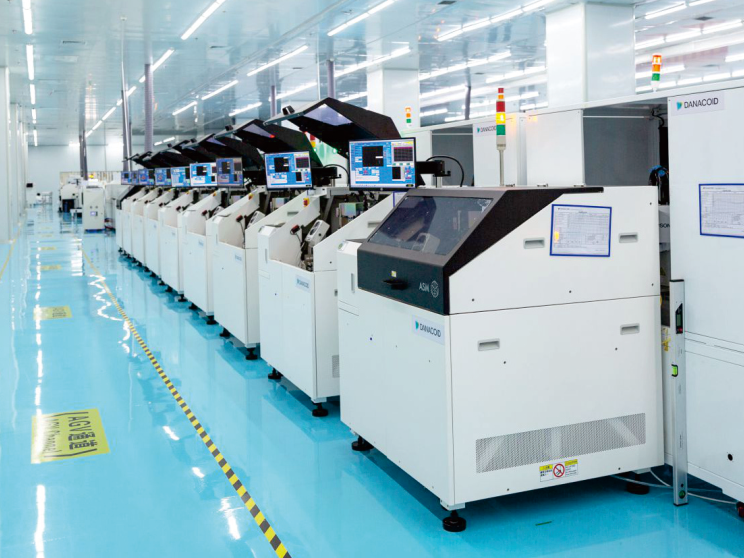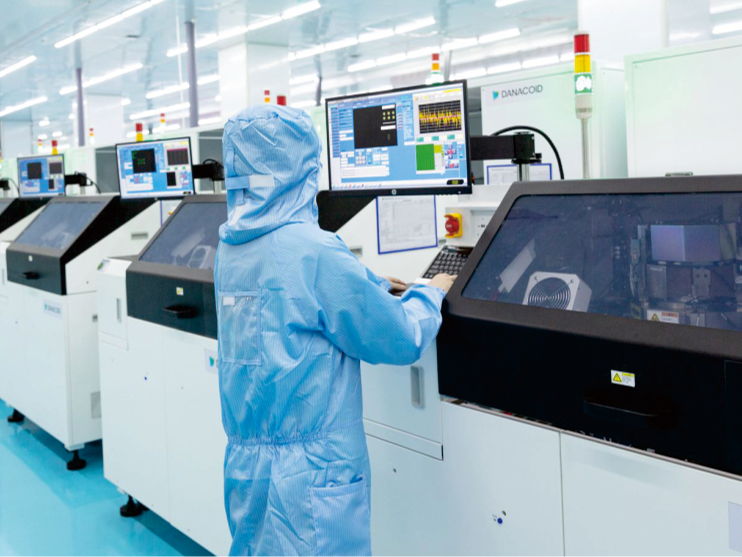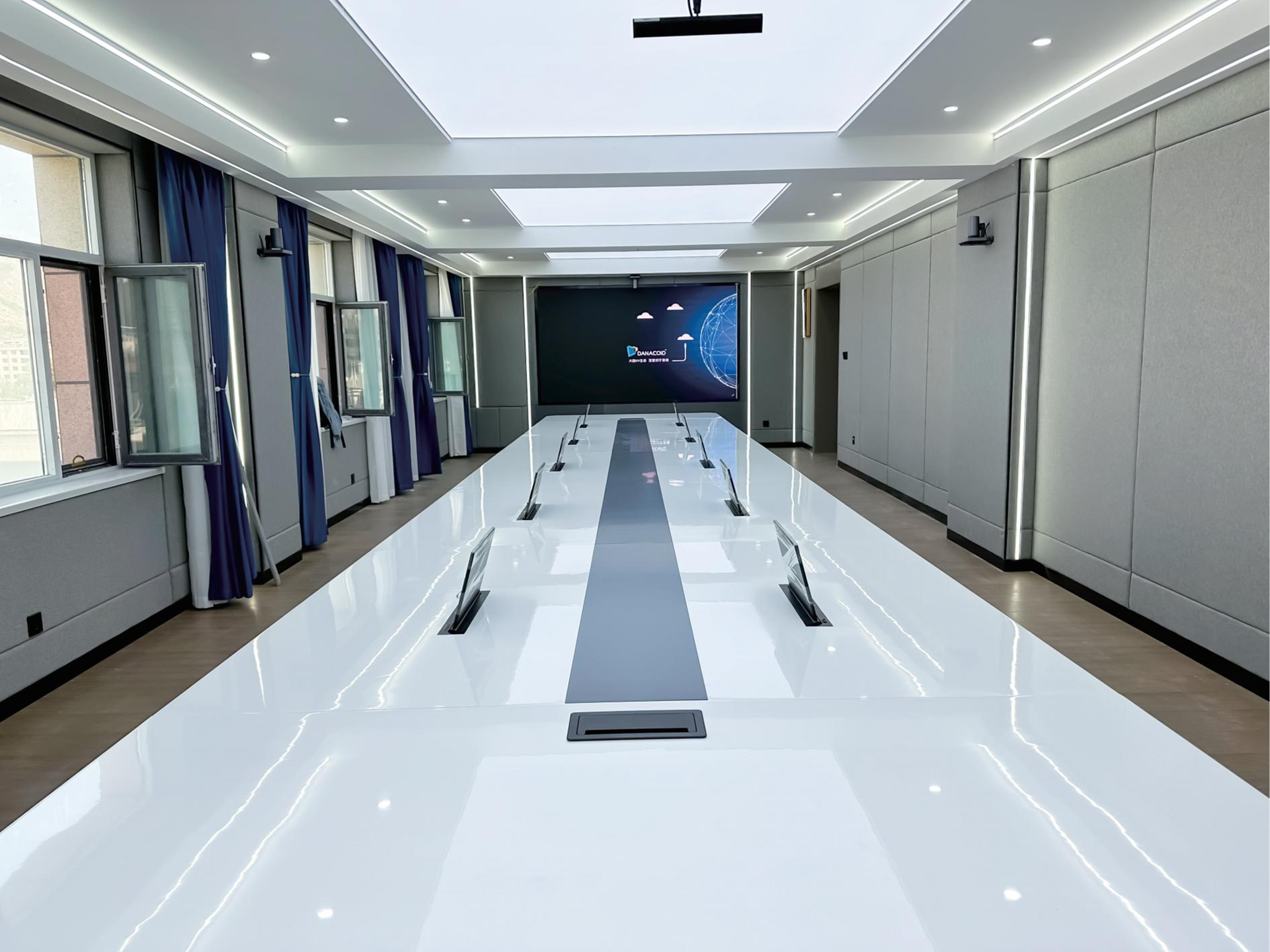Forståelse av elementene for overlegen høyttalerytelse
Lydkvaliteten til høyttalere representerer ett av de mest kritiske aspektene ved ethvert lydsystem. Om du er en vanlig musikkentusiast eller en dedikert høyfi-entusiast, kan forståelsen av hva som påvirker høyttalerens ytelse hjelpe deg med å ta informerte valg og oppnå den optimale lyttingopplevelsen. Samspillet mellom ulike komponenter og miljøfaktorer skaper den endelige lydutgangen som når ørene dine.
Når man undersøker høyttalersystemer, blir det klart at flere elementer samarbeider for å produsere lyden du hører. Fra den fysiske konstruksjonen til plasseringen i rommet ditt, spiller hver faktor en avgjørende rolle for om du vil oppleve lydlyst eller skuffelse. La oss utforske disse elementene nærmere for å forstå hvordan de former lytteropplevelsen din.
Fysiske komponenter og deres innvirkning på lydkvalitet
Driverdesign og materialer
Hjertet i enhver høyttaler system ligger i driverne – komponentene som konverterer elektriske signaler til fysiske lydbølger. Materialene som brukes i driverkonstruksjon påvirker betydelig høyttalernes lydkvalitet. Produsenter bruker ofte materialer som polypropylen, kevlar eller aluminium for basshøyttalere, mens kupertweeterne kan ha silke, aluminium eller beryllium. Hvert materiale bidrar med egne egenskaper til lydproduksjonen.
Høykvalitets driver bruker typisk avanserte materialer som gir en perfekt balanse mellom stivhet og demping. Denne kombinasjonen hjelper på å forhindre uønskede resonanser samtidig som nøyaktig lydgjengivelse sikres. Størrelsen og antallet driver spiller også avgjørende roller, der større driver håndterer de lavere frekvensene og mindre driver håndterer de høyere områdene.
Kabinettbygging og resonanskontroll
Lauttalerkabinettet har mer funksjon enn bare å være et hus for driverne. Design og konstruksjon påvirker lydkvaliteten til høyttalerne gjennom resonanskontroll og indre refleksjoner. Premium-høyttalere har ofte kabinetter med ekstra forsterkninger laget av tette materialer som MDF eller spesialiserte kompositter for å minimere uønskede vibrasjoner.
Interne dempematerialer og sofistikerte portdesign forbedrer ytelsen til høytalerkabinettet ytterligere. Formen og størrelsen på kabinettet må beregnes nøye for å støtte drivernes funksjon, samtidig som stående bølger og andre akustiske unormaliteter som kan forandre lyden, minimeres.

Elektroniske faktorer og signalbehandling
Krossovernettverk
Et godt designet krossovernettverk sikrer en jevn overgang mellom ulike drivere, noe som betydelig påvirker høytalernes lydkvalitet. Disse elektroniske kretsene sender spesifikke frekvenser til de riktige driverne, og sørger for at hver komponent opererer innenfor sitt optimale område. Høytalermodeller i høyklassen bruker ofte sofistikerte krossoverdesign med premiumkomponenter for å bevare signalkvaliteten.
Kompleksiteten til kryssnettverk varierer, hvor noen design bruker enkle filtre av første orden, mens andre implementerer komplekse nettverk med høyere orden. Valg av krysspunkter og stigningstall må vurderes nøye for å oppnå sammenhengende lydgjengivelse over hele frekvensspekteret.
Forsterkerkrav
Forholdet mellom høyttalere og forsterkere spiller en avgjørende rolle for systemets ytelse. Riktig effektpassing sikrer optimal lydkvalitet fra høyttalerne, ettersom for liten effekt kan føre til forvrengning, mens for mye effekt kan skade anlegget. Å forstå spesifikasjoner som impedans, følsomhet og effekthåndtering hjelper til med å oppnå den beste mulige tilpasningen.
Modern forsterkerteknologi har utviklet seg for å møte spesifikke høyttalerdesign, og noen produsenter utvikler matchede kombinasjoner av forsterker og høyttalere for optimal ytelse. Kvaliteten på forsterkerens utgangstrin og evnen til å kontrollere høyttalerbevegelse, særlig ved lave frekvenser, påvirker i stor grad den totale lydkvaliteten.
Miljømessige og oppsettsmessige betraktninger
Romakustikk
Selv de beste høyttalerne kan ikke yte optimalt i dårlige akustiske miljøer. Romstørrelse, overflatematerialer og plassering av møbler påvirker alle lydkvaliteten til høyttalerne. Harde flater skaper refleksjoner som kan forstyrre direkte lyd, mens myke innredningselementer bidrar til å absorbere overskytende energi og kontrollere etterklang.
Profesjonell akustisk behandling kan dramatisk forbedre lytteforholdene i et rom. Målrettet plassering av absorpsjonsplater, diffusorer og bassfallinger bidrar til å skape et mer nøytralt akustisk miljø der høyttalerne kan yte best mulig.
Plassering og oppsett av høyttalere
Plasseringen av høyttalere i et rom påvirker kritisk deres ytelse. Riktig plassering tar hensyn til faktorer som avstand fra veggene, høyttalernes innvendte vinkel og geometrien til lytteposisjonen. Forholdet mellom høyttalerens plassering og romgrensene påvirker spesielt bassresponsen og lydscenen.
Finjustering av høyttalerplassering kan betydelig forbedre lydkvaliteten til høyttalere. Små justeringer i plassering kan føre til merkbar forbedring av avbildning, bassrespons og helhetlig tonelig balanse. Mange entusiaster bruker mye tid på å eksperimentere med plassering for å oppnå optimale resultater.
Ofte stilte spørsmål
Hvordan påvirker innspilling av høyttalere lydkvaliteten?
Innspilling av høyttalere er en prosess der mekaniske komponenter, spesielt driverelementenes suspensjon, setter seg inn i sine optimale driftsegenskaper. Selv om noen endringer kan være subtile, rapporterer mange lyttere om bedre lydkvalitet etter en initiell bruk, vanligvis 20–100 timer med normal drift.
Kan trådløse høyttalere matche kvaliteten til kabelførte systemer?
Moderne trådløse høyttalere kan oppnå utmerket lydkvalitet, selv om kabelførte systemer tradisjonelt ofte har en liten fordel når det gjelder absolutt ytelse. De viktigste faktorene inkluderer kvaliteten på trådløse overføringsprotokoller, digital-til-analog konvertering og designet på intern forsterkning.
Hva er rolle til høyttalerimpedans for lydkvalitet?
Høyttalerimpedans påvirker samspillet mellom forsterkeren og høyttaleren, og dermed effektoverføring og kontroll. Riktig impedanstilpasning sikrer optimal lydkvalitet fra høyttalerne ved at forsterkeren kan fungere innenfor sine designparametere samtidig som den beholder kontroll over drivernes bevegelser.









